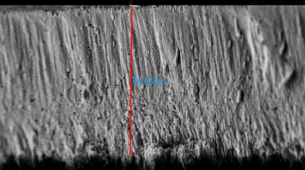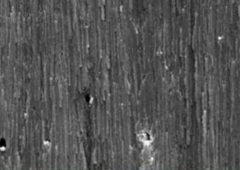I had two running since Jun 29th with no issues, with discharge rates over 140, charge of 80+.amps. It may have just been defective unit.

 diysolarforum.com
diysolarforum.com

Very new to solar but started purchasing items, not sure of the final specs of the whole system.
Second order for the Heltec finally arrived:




